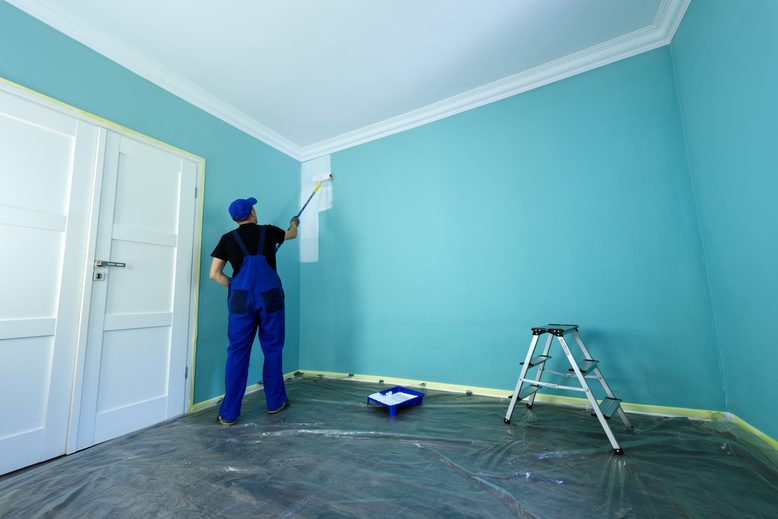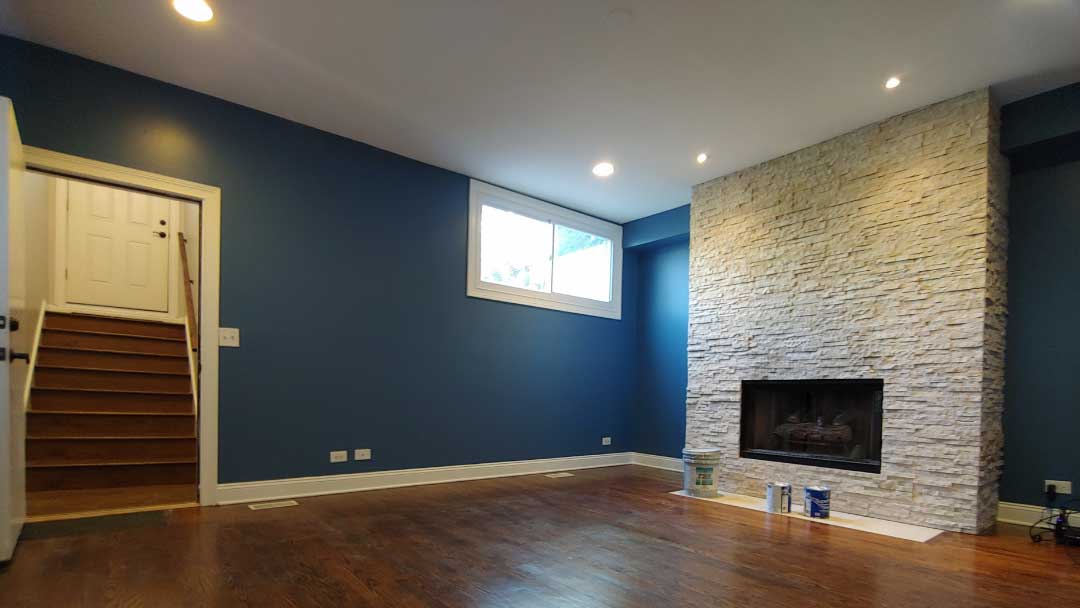Get Professional Lakewood Interior Painting for a Seamless, Beautiful Finish
Get Professional Lakewood Interior Painting for a Seamless, Beautiful Finish
Blog Article
Enhance Your Inside Layout With Comprehensive Shade Examination
The assimilation of shade assessment into interior layout presents a distinct opportunity to refine and boost the emotional and aesthetic vibration of a room. By involving with an experienced shade expert, you can browse the complexities of shade option, ensuring that your options not just enhance architectural attributes but likewise resonate with personal style and mental impact. This calculated collaboration can considerably influence the overall ambience of your setting, fostering a feeling of consistency and function. Nevertheless, comprehending the subtleties of this procedure is crucial-- what essential aspects should be taken into consideration to achieve ideal outcomes?
Benefits of Color Examination

Moreover, shade assessment aids in maximizing natural light and enhancing spatial assumption. Lighter tones can make an area show up even more expansive, while darker shades create an intimate setting. Cleveland Metro Painting Specialists. This strategic application of shade can considerably influence the overall atmosphere of any interior room
Furthermore, expert consultants possess a detailed understanding of classic classics and existing trends, making certain that the chosen shades will certainly stay enticing over time. This insight can conserve clients from pricey redesigns in the future. Ultimately, shade assessment encourages customers by giving them with a clear vision and direction, promoting self-confidence in their layout choices and inevitably causing an extra gratifying and effective interior style outcome.
Comprehending Shade Psychology
The value of color psychology in interior style can not be overstated, as it looks into the mental and emotional results that numerous tones can evoke in people. Colors can affect mood, habits, and also productivity, making them a vital consideration in any type of layout task.
For example, warm shades such as red, orange, and yellow are typically connected with power and heat. They can stimulate feelings of enjoyment and convenience, making them appropriate for social areas like living areas or kitchens. Conversely, amazing colors like blue, green, and purple have a tendency to evoke peace and harmony, making them ideal for bedrooms or reflection locations.
In addition, making use of neutral tones can create a balanced environment by enabling the bolder colors to stand out without overwhelming the detects. Comprehending these mental effects allows designers to create rooms that not only look cosmetically pleasing but also promote psychological health.
Integrating shade psychology into interior decoration includes a thoughtful option of hues tailored to the designated function of each space, inevitably improving the total experience for its occupants. This understanding is essential for attaining a functional and harmonious interior environment.
The Shade Wheel Described
It consists of main shades-- red, blue, and yellow-- that can not be created by blending other colors. Tertiary shades result from mixing a main and a secondary shade, leading to hues such as blue and red-orange.
The color wheel assists designers realize the connections between colors, consisting of corresponding, analogous, and triadic schemes. Complementary colors, located opposite each other on the wheel, develop lively contrasts that can stimulate an area.
Utilizing the shade wheel in interior decoration not only improves visual allure but additionally stimulates specific emotions and atmospheres, making it a critical reference for color consultation. Recognizing these partnerships inevitably encourages designers to develop spaces that are both functional and aesthetically fascinating.
Choosing the Right Scheme
A well-chosen color plan can combine a space, enhance its features, and evoke preferred emotions. Different rooms offer different features and need palettes that reflect their intended usage; for circumstances, relaxing colors such as soft blues or greens work well in rooms, advertising leisure.
Next, consider the all-natural light readily available. Light can considerably change exactly how colors show up, so it is vital to examine the space at different times of the day. Additionally, take into consideration existing building aspects and furnishings. An unified combination should complement these attributes, producing a cohesive appearance throughout the space.
When selecting shades, utilize the 60-30-10 regulation, Cleveland Metro Painting Specialists which suggests that 60% of the space must be a dominant shade, 30% a secondary color, and 10% an accent shade. This ratio makes certain balance and aesthetic rate of interest (Cleveland Metro Painting Specialists). Ultimately, sample shades on the wall surfaces prior to committing, as this permits you to see how the tones communicate with each other and the overall atmosphere they create in your interior layout project.
Dealing With a Color Professional

When dealing with a shade professional, the procedure generally begins with a preliminary appointment. Throughout this conference, you'll review your vision, preferences, and the existing elements in your space. The specialist will evaluate your needs and may suggest particular color combinations that line up with your objectives.
After developing a direction, the specialist will certainly give examples and aesthetic aids to help you envision the proposed color pattern. This step is essential, as colors can show up in a different way under differing illumination problems.
Furthermore, a shade professional can guide you in choosing complementary home furnishings, artwork, and devices to integrate with your picked palette. By collaborating very closely, you can accomplish a polished aesthetic that elevates your interiors and creates an inviting ambience. Inevitably, the proficiency of a shade specialist can dramatically improve the general effect of your design task.
Final Thought
In summary, comprehensive shade consultation works as an essential device for improving interior decoration. By leveraging professional expertise of color psychology and spatial dynamics, a customized color palette can be created to stimulate specific emotions and develop a harmonious setting. This calculated approach not just promotes a cohesive layout narrative but also mitigates the threat of costly redesigns. Eventually, engaging with a color specialist guarantees an informed and cosmetically pleasing result, raising the overall experience of the area.
By involving with a seasoned shade specialist, you can navigate the complexities of color selection, making sure that your choices not only complement building functions however additionally resonate with personal design and emotional influence. It comprises primary colors-- red, blue, and yellow-- that can not be developed by blending other colors.The color wheel aids developers understand the relationships between shades, including complementary, analogous, and triadic schemes.When choosing shades, utilize the 60-30-10 regulation, which recommends that 60% of the room ought to be a leading shade, 30% a second color, and 10% an accent shade. By leveraging specialist expertise of color psychology and spatial characteristics, a tailored color combination can be created to stimulate certain emotions and create a harmonious environment.
Report this page